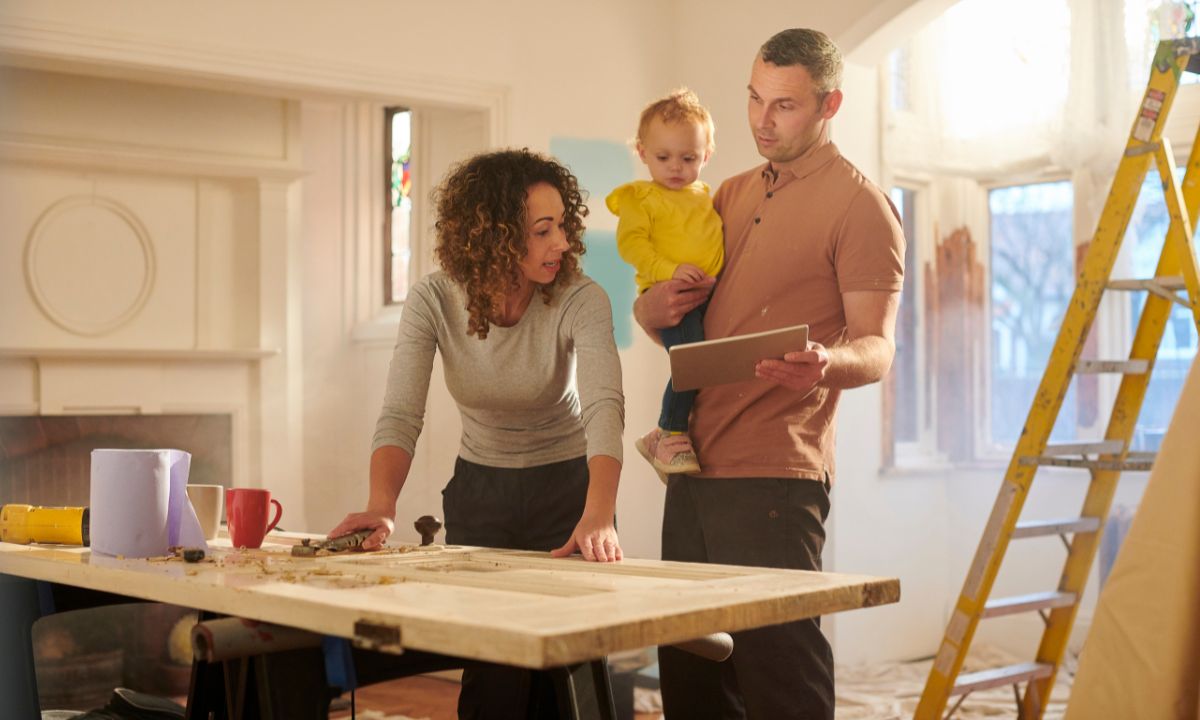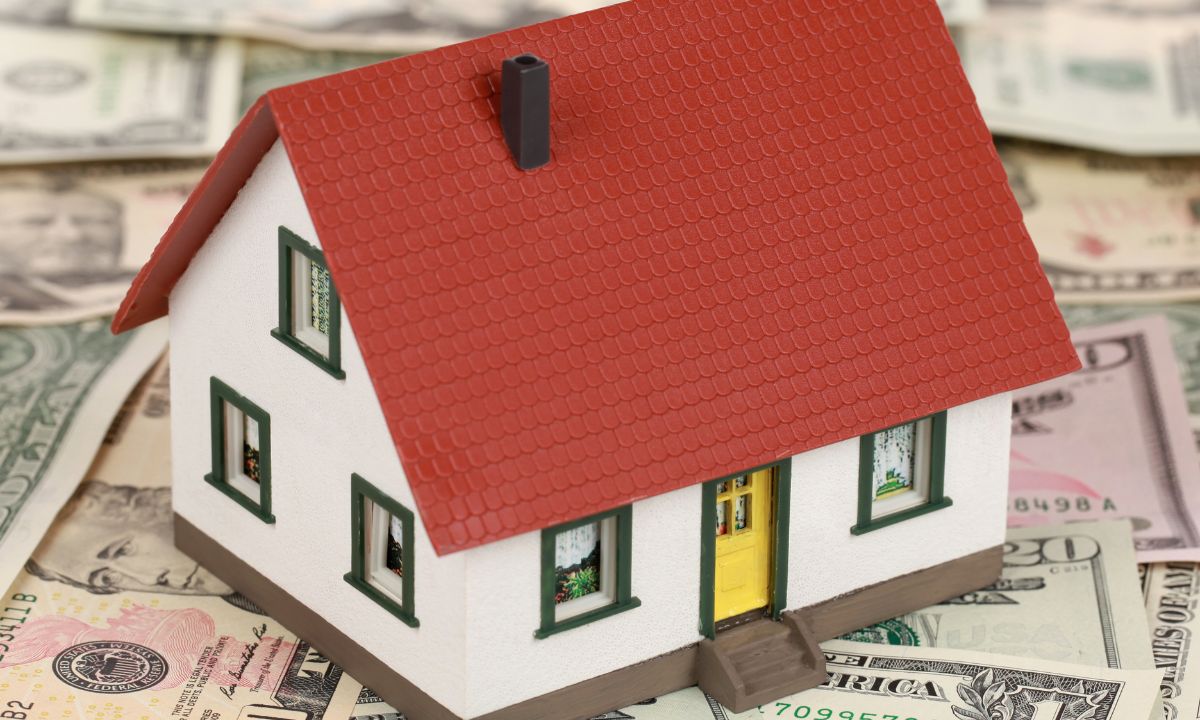Maximizing Your Home Improvement Budget
 Many homeowners seek to enhance their living spaces while adding value to their properties. However, numerous home improvement initiatives often come with exorbitant price tags, reaching six figures for extensive renovation projects. Nonetheless, there exist cost-effective alternatives that homeowners can explore.
Many homeowners seek to enhance their living spaces while adding value to their properties. However, numerous home improvement initiatives often come with exorbitant price tags, reaching six figures for extensive renovation projects. Nonetheless, there exist cost-effective alternatives that homeowners can explore.
What are some of the top considerations for homeowners?
Invest in Quality Ceiling Fans:
The installation of high-quality ceiling fans represents a prudent investment for homeowners. Beyond mere aesthetics, ceiling fans play a pivotal role in maintaining optimal indoor comfort levels throughout the year. Energy Star-certified models not only contribute to energy efficiency but also demonstrate a commitment to sustainable living practices. By strategically positioning ceiling fans between 7 and 8 feet above the floor, homeowners can optimize air circulation and temperature regulation within their living spaces. Despite the advanced features and energy-saving capabilities of modern ceiling fans, their affordability renders them an accessible upgrade for homeowners seeking to enhance both comfort and energy efficiency.
Plant Trees in the Yard:
The strategic planting of trees offers multifaceted benefits for homeowners and their properties. In addition to enhancing the visual appeal of the landscape, trees serve as natural barriers against soil erosion and environmental elements. Furthermore, by providing shade and wind protection, trees contribute to the reduction of energy consumption, particularly during hot summer months. As trees mature over time, they not only augment the aesthetic value of the property but also increase its market desirability and resale potential. Despite the initial investment associated with tree planting initiatives, the long-term benefits in terms of energy savings and property value appreciation far outweigh the upfront costs.
Upgrade Home Insulation:
Often overlooked, the quality of home insulation significantly impacts energy efficiency and utility costs. While not as visually striking as a kitchen or bathroom overhaul, enhancing insulation levels can yield substantial savings. Regularly assessing insulation quality enables homeowners to identify opportunities for improvement and cost reduction. Allocating resources to insulation upgrades is a prudent investment in long-term energy efficiency and financial savings.
By implementing these strategies, homeowners can elevate their living environments while concurrently increasing property values, all within reasonable budgets.

 Are you tired of pouring your hard-earned money into rent payments every month, only to see it vanish into thin air? Have you ever considered that homeownership might be the key to escaping the rent trap and building wealth for your future? We will explore how homeownership can be a powerful wealth-building tool compared to renting.
Are you tired of pouring your hard-earned money into rent payments every month, only to see it vanish into thin air? Have you ever considered that homeownership might be the key to escaping the rent trap and building wealth for your future? We will explore how homeownership can be a powerful wealth-building tool compared to renting. In recent years, the concept of sustainable living has gained significant traction, with more individuals and families seeking ways to reduce their carbon footprint and contribute positively to the environment. One avenue that has emerged to support this trend is the concept of green mortgages. These innovative financial products not only promote sustainable homeownership but also facilitate environmentally friendly upgrades to existing properties. Let’s dive deeper into how green mortgages are shaping the landscape of sustainable housing.
In recent years, the concept of sustainable living has gained significant traction, with more individuals and families seeking ways to reduce their carbon footprint and contribute positively to the environment. One avenue that has emerged to support this trend is the concept of green mortgages. These innovative financial products not only promote sustainable homeownership but also facilitate environmentally friendly upgrades to existing properties. Let’s dive deeper into how green mortgages are shaping the landscape of sustainable housing. Environmental consciousness is increasingly becoming a priority, and the construction industry stands at the forefront of sustainable innovation. One avenue gaining traction is the use of construction loans to incorporate green building practices, particularly in the construction of sustainable homes. These loans offer an opportunity not only to build structurally sound residences but also to minimize environmental impact and promote long-term sustainability.
Environmental consciousness is increasingly becoming a priority, and the construction industry stands at the forefront of sustainable innovation. One avenue gaining traction is the use of construction loans to incorporate green building practices, particularly in the construction of sustainable homes. These loans offer an opportunity not only to build structurally sound residences but also to minimize environmental impact and promote long-term sustainability. Buying your first home is an exciting milestone, but it can also be an overwhelming process, especially when it comes to understanding mortgages. For many first-time homebuyers, the world of mortgages can seem complex and filled with unfamiliar terminology. However, with a little knowledge and guidance, navigating the mortgage process can become much more manageable. In this guide, we’ll break down the basics of mortgages, explain key terms, explore different types of mortgages, and outline the application process for beginners.
Buying your first home is an exciting milestone, but it can also be an overwhelming process, especially when it comes to understanding mortgages. For many first-time homebuyers, the world of mortgages can seem complex and filled with unfamiliar terminology. However, with a little knowledge and guidance, navigating the mortgage process can become much more manageable. In this guide, we’ll break down the basics of mortgages, explain key terms, explore different types of mortgages, and outline the application process for beginners.